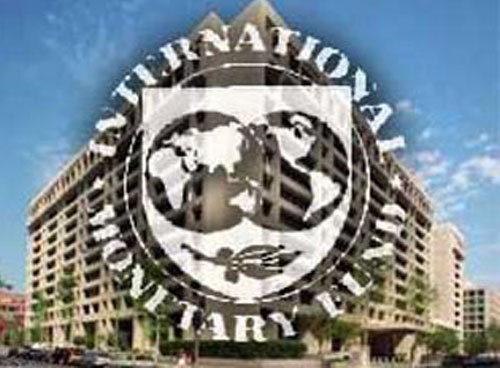DUSHANBE, May 27, 2011, Asia-Plus – Public Information Notice (PIN) released on May 25 notes that the Executive Board of the International Monetary Fund (IMF) concluded the 2011 Article IV consultation and fourth review under the Extended Credit Facility (ECF) arrangement with Tajikistan on may 11.
Tajikistan has begun to recover from the global crisis, which negatively affected inward remittances, exports of such key products as aluminum and cotton, and foreign direct investment. In 2010, real GDP growth reached 6.5 percent, up from 3.9 percent in 2009, despite rail traffic disruptions in the first half of the year. Stronger hydroelectricity production helped to boost industrial activity, while trade and services benefited from a recovery of remittances in line with the economic rebound in Russia. However, in response to increased international food and fuel prices in the second half of the year, headline inflation accelerated to 9.8 percent by end-2010. Despite the pick-up in remittances, which are normally associated with higher imports, the trade balance improved and the external current account shifted to a surplus of 2.2 percent of GDP in 2010, compared with an average 5 percent deficit during 2005–09.
The government achieved an overall fiscal deficit (excluding externally financed investment) of 0.4 percent of GDP, compared with a budgeted deficit of 1 percent of GDP, mainly on account of lower than projected current spending, particularly on wages. The National Bank of Tajikistan (NBT) continued targeting reserve money growth, while limiting interventions in the foreign exchange market to smoothing excess volatility and building reserves. At end-2010, gross international reserves reached US$447 million, equivalent to 1.4 month of imports. However, liquidity support from the NBT to commercial banks started to rise sharply in the second half of 2010 and into 2011–partly to finance imports of food and fuel products for strategic reserves—increasing the risk of compromising monetary policy targets going forward and reflecting continued weaknesses in the banking sector.
Economic prospects for 2011 are good, but not without risks. Growth is projected to reach at least 5.8 percent, in line with the continued growth of key regional partners. Prospects for cotton are also relatively good given high international prices for this commodity. However, continued increases in future food and energy prices are likely to fuel inflation and aggravate poverty. Further disruptions in rail traffic—one of the key import and export arteries for landlocked Tajikistan—could weigh on growth. Remaining vulnerabilities in the financial and state enterprise sectors could also pose a quasi-fiscal risk and be a drag on private sector growth.
Executive Directors considered that Tajikistan’s economic performance has been generally satisfactory. Directors agreed that the most pressing challenge for policymakers is to support the recovery, while addressing risks to macroeconomic stability from rising commodity prices and worsening terms of trade. They also noted that, over the medium term, sustained economic growth and poverty reduction hinge on additional efforts to strengthen the fiscal position, provide buffers against shocks, and promote market oriented reforms.
Directors commended the authorities for the commitment to fiscal discipline shown under the program and considered this year’s fiscal plans appropriate. They noted, however, the importance of budgetary consolidation over the medium term to safeguard debt sustainability. Along the fiscal adjustment path, greater room for needed social and infrastructure spending calls for revenue-enhancing measures and a better balance between current and capital expenditure.
Directors agreed that monetary policymakers should address emerging inflation risks without undermining the recovery. Curbing liquidity lending by the central bank would be an important step in the right direction. Directors also encouraged the authorities to develop over the medium term a framework for direct cash support to the poor as a more targeted response to surges in international commodity prices and imported inflation.
Directors observed that, despite some improvement in financial indicators, the banking system remains fragile and financial intermediation limited. They cautioned that fiscal liabilities might emerge if weaknesses at banks are not addressed. In this regard, Directors urged the authorities to press ahead with their strategy to tackle these vulnerabilities and reduce financial sector dependence on direct liquidity support.
Directors agreed that structural reforms, including to improve governance and the business environment, should remain a top policy priority. They welcomed progress in establishing a framework for agricultural financing, and encouraged the authorities to continue cooperating with donors to push these reforms forward. Directors also welcomed plans to improve the business climate through a reform of the tax regime and improved transparency and accountability at state-owned enterprises.




